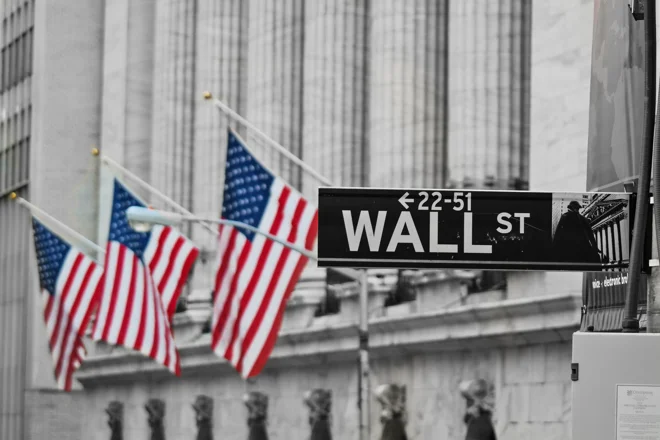Equities
Why are stocks defying geopolitical headwinds?
Global equities continued to climb last week. Tensions in the Middle East and renewed friction between NATO and Russia lifted safe-haven assets like gold. Why are investors buying both growth assets such as equities and defensive assets such as gold? Because conviction is growing that the US Federal Reserve (Fed) is about to cut interest rates. That underpins earnings growth and equities, while reducing the appeal of bonds as yields fall and lifting the appeal of non-yielding assets like gold.
Recent data supports this view. Alongside four weak labour market reports, revised data revealed that US job growth had been overstated by nearly one million in the 12 months to March 2025. This has only strengthened expectations for a rate cut this week. US Treasury yields and the dollar have moved lower, giving equities a boost. But that’s not the whole story. The ongoing excitement around AI continues to fuel investor optimism, with Oracle’s strong growth in cloud infrastructure adding fresh momentum to the rally.
We remain moderately overweight in equities and gold, so recent market dynamics have supported portfolio performance. But we’re not getting complacent. Valuations are stretched in parts of the market, and uncertainty hasn’t gone away. So, we’re sticking with a diversified approach: leaning slightly towards equities over bonds, and spreading our exposure across the US, Europe, Japan and emerging markets. We hold commodities and inflation-linked bonds to protect against inflation, and we’re maintaining our gold and fixed income allocations as buffers in case growth falters.
Currencies
Can the euro continue to rise given political uncertainty in France?
The euro is holding up well, even with the political turbulence in France. President Macron is now on his fifth Prime Minister during his second term and still doesn’t have a clear parliamentary majority, so passing a budget won’t be easy. This uncertainty has pushed French government bond yields significantly higher compared to German Bunds.
Still, the euro is gaining ground. It’s risen 0.2% in September and was flat last week, despite Fitch downgrading France’s credit rating to A+. The euro rally started in early 2025 when the European Union announced plans to boost defence and infrastructure spending. Rate cuts from the European Central Bank (ECB) haven’t slowed it down either, as expectations that the Fed will cut interest rates too are weakening the dollar at the same time.
We expect further dollar weakening and prefer currencies with improving rate outlooks. Last week, the ECB confirmed that interest rates are likely to stay where they are for now, which gives the euro room to rise further – alongside the British pound and Japanese yen.
Bonds
Are long-term bonds attractive?
We’ve been cautious on fixed income this year. US government debt levels are high and interest costs are set to climb following the latest US budget. That’s why we hold fewer US Treasuries relative to our long-term allocation and favour European fixed income assets over their US counterparts. We also hold a small position in Japanese government bonds, as the moderate yen appreciation we expect is likely to boost returns for euro and sterling portfolios.
With yields close to multi-decade highs, long-dated government bonds are beginning to look attractive. However, long-dated government bonds can be quite sensitive to fiscal plans and inflation dynamics. So, in our multi-asset strategies, we tend to prefer short-dated government bonds or, when we invest in bonds more generally, we’re cautious about very long-dated ones. But, for investors who are willing to accept that volatility, this part of the market may be worth considering.
The softening of the US job market and likely rate cuts from the Fed should offer support for bonds. Volatility is still a factor, but we expect bond yields will stabilise or drift lower over time. That makes current interest rates appealing.
This week
US, UK and Japan monetary policy decisions
All eyes are on the Fed this Wednesday. We and the market expect a quarter-percent rate cut to 4.00-4.25%. Investors will be watching Fed Chair Powell’s tone and the updated guidance for what happens next – a key driver for currencies, bonds and equities. August’s retail sales data (Tuesday) could lower expectations for further rate cuts if it shows strong consumer spending despite a cooling job market.
In the UK, inflation data land on Wednesday, followed by the Bank of England’s decision on Thursday. We think rates will stay at 4% through 2025 as UK inflation is still well above target. That’s good news for the pound but, obviously, it also squeezes debtors.
Japan wraps up the week with inflation data and a rate decision from the Bank of Japan (BoJ). Markets don’t expect the BoJ to raise rates this week but, possibly later this year. This interest rate gap with the Fed supports our view that the yen will strengthen against the dollar.





